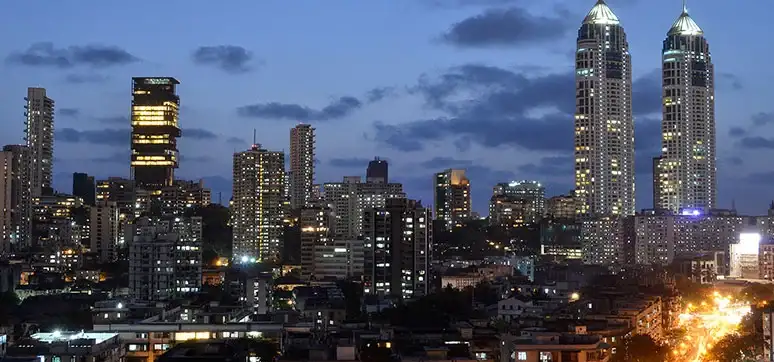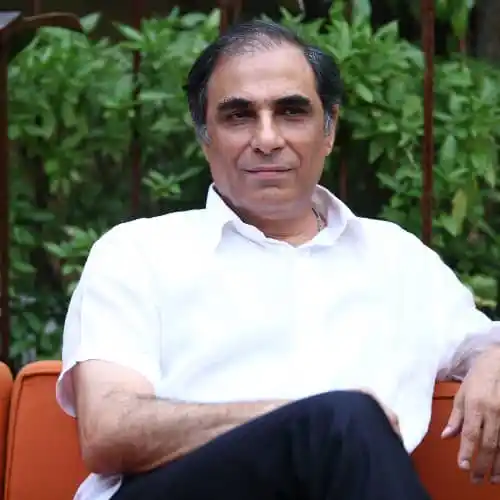How have you been ideating and practising sustainable architecture? Do you think that the present ratings for sustainable buildings are important?
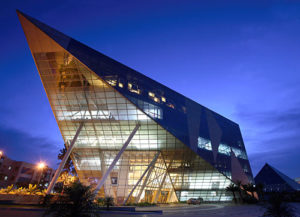
Hafeez Contractor (HC): Yes, I feel that the green building ratings are important. In India, sustainability of the building could be evaluated by its LEED or GRIHA rating. Such ratings assess the environmental performance of a building holistically, and provides a definitive standard score. The tools adopted by them, by its qualitative and quantitative assessment criteria, is able to ‘rate’ a building on the degree of its ‘greenness’. According to the points achieved, buildings are given LEED Platinum, Gold and Silver ratings, or GRIHA 1 to 5 star rating.
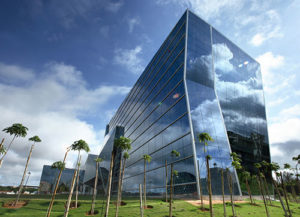
According to me, we have to take the standards assigned to the green building ratings to a much higher level in future. For our country, the benchmarks should be at a much higher level since our population, especially the population in urban areas, are growing at a much higher pace than other countries, whereas the family size is reduced from large joint families to nuclear families to micro families of two members. Thus, the need for urban housing is increasing along with the need for food, water, and fuel requirements and we need to cater to the needs of micro nuclear families.
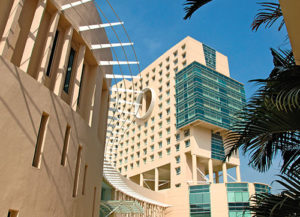
Today we are thinking only about the design of a building and its construction methods while rating them. We need to delve deeper and analyse whether they are actually sustainable. Is the LEED or GRIHA rating substantial? Is this all what is needed for a sustainable building? Or is this what sustainability is all about? We have to think further.
How can we set the benchmarks of sustainability to higher levels?
HC: I feel that the time has come to discuss about larger developments like cities. How they are going to be designed and built. We must also ponder on how cities are utilising the available land. Currently we are talking about 100 smart cities. Should we make 100 smart cities or should we add up just three mega cities next to a city?
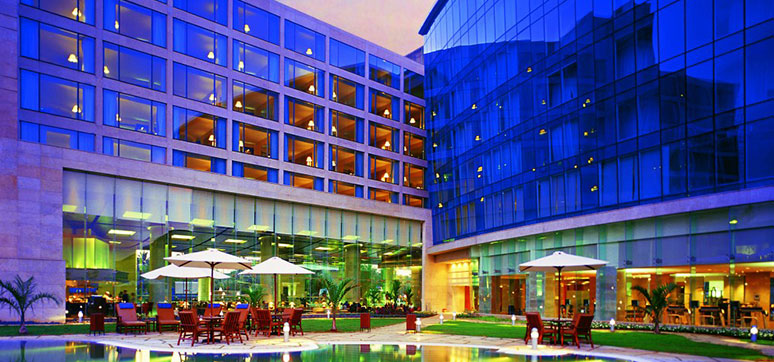
What are your views on future cities and what should be the design approach?
HC: I would say that, instead of discussing 100 smart cities, we must go only for three large mega cities. We need to plan for denser cities, which could accommodate say 30 or 40 million people in locations closer to the existing cities, where there is ample water, power, food and useless non-agricultural land to build. The non-agricultural land could be used for intense, dense developments, so that there is less dependency on any kind of transportation.
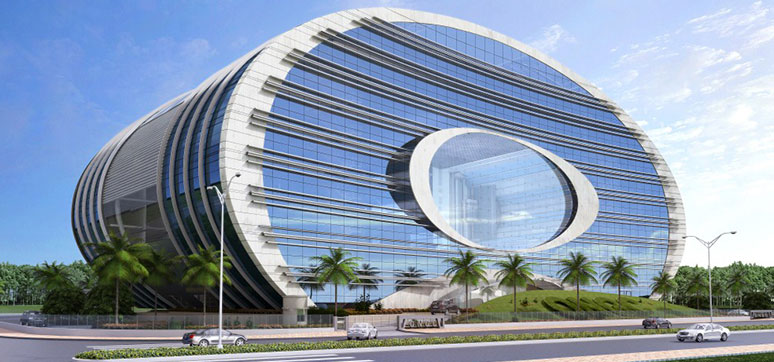
We should go for enormous vertical developments, i.e., one massive tall building, providing space for offices, retail shops, residential flats, entertainment areas and so on. Since all these would be within a building, we can reduce the distances, thus can avoid roads and vehicular transportation. We should be thinking about vertical transportation with elevators. Thus, we become less dependent on fossil fuel and should look for other means to produce electricity, probably relying more upon nuclear power or solar power or a combination of all. It would lead to a higher level of ecological development. I would say that it all depends on how we preserve land since land is a very precious commodity which nobody can manufacture.
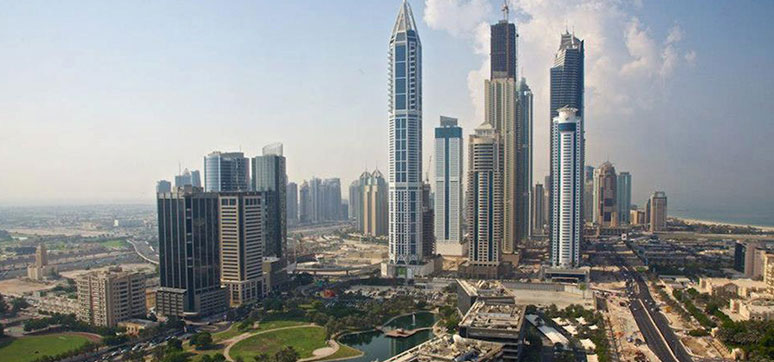
Another important aspect is the cultivation of food. With the increase in population, the demand for food will increase. Hence, the preservation of land and creation of green spaces is very important. We should think of vertical farming.
I would say that vertical zoning is the only solution or option for making developments denser which would lead to sustainable cities. (He explains his drawing on Tiered Cities)
WFM: In the past two decades, new cities like Noida and Gurugram have come up and are densely populated. What is your view on such developments?
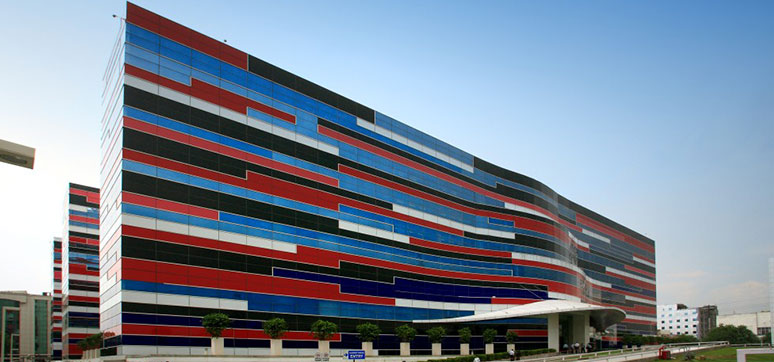
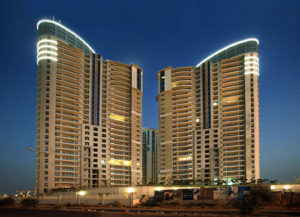
HC: Today, when I look at any new city, I am sad to say that the zoning is done in a very antiquated way. These outdated methods of city planning (horizontal zoning) is not suitable for the future cities. All segments – whether it is manufacturing, retail, parking, open spaces like parks and gardens, residences or offices – should be integrated into one mass vertical building.
Times have gone where we used to think about small cities. As I said earlier, we should have only large vertical cities in a much bigger scale. With megacities, opportunities for jobs are better; same for schooling or work approach. Small cities around Noida and Gurugram are developing in a haphazard way. They are all farm lands, which are eaten up by builders. These developments are thoughtless ones leading to disasters. We cannot follow the same time-worn pattern which is 20 or 30 years old.
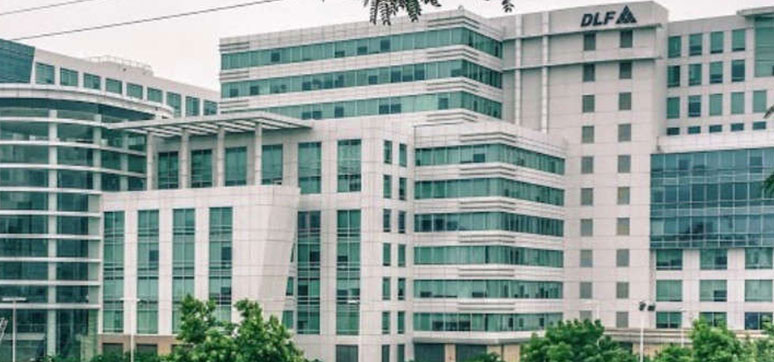
At the same time, we need to revise the land rights, supporting sustainable development of the available land. The whole legislation needs to be changed which would help city planning and that is the only way for sustainable development. There is discussion on sustainable architecture and green buildings everywhere, and the word ‘sustainable’ is so commonly used. If we want to think about the future, and if we are really honest that we want to leave this world in the right condition, or at least in a condition which is fit for the future generations, we should think about vertical, dense, mega cities. Otherwise, it is all hypocrisy.
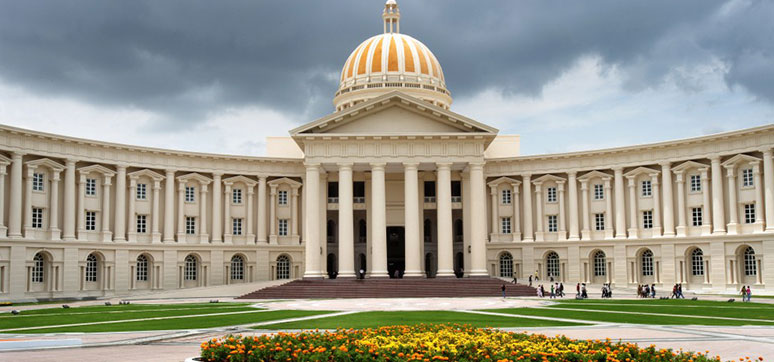
Please tell us about cost-effective strategies that could be followed.
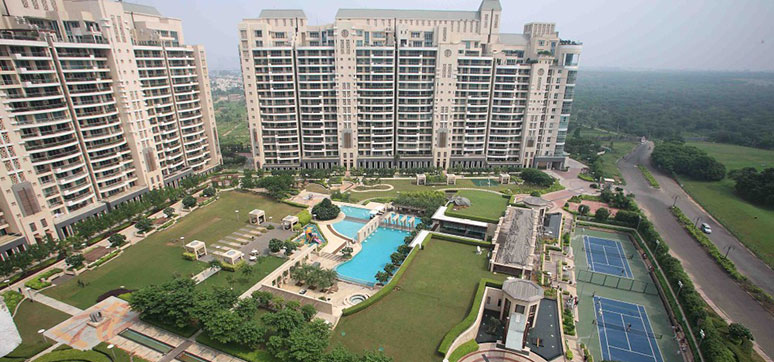
HC: Today, cost management and choice of cost-effective strategies are very important for our country. Utilisation of land should be optimal and cost of construction/materials should be tangible. Nowadays, in a given area, we are constructing more number of houses that what it was 20 years ago. We should always think about innovative materials and methods incurring less cost, at the same time build more effective structures in a well-planned city through the ideal land use.
Ar. Nishant Gupta, an Associate Architect with Architect Hafeez Contractor, joins the conversation on cost-effective strategies for sustainable urban housing and more.
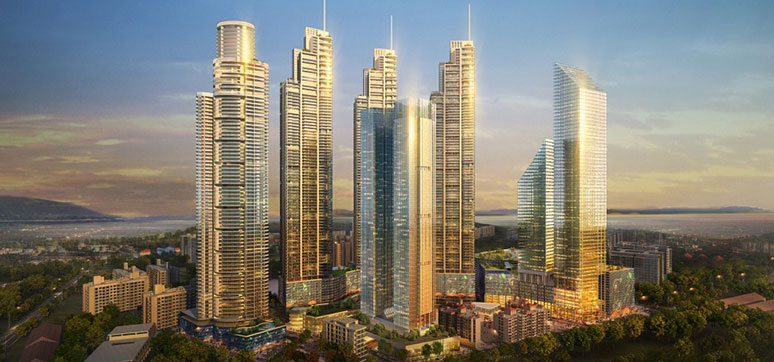
What are the key factors to consider while designing sustainable façade and fenestration for a building?
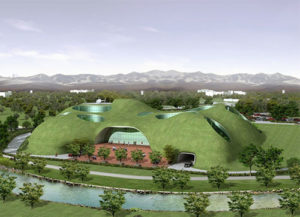
In India, being a tropical country, we all know that while designing a building, the south-west part could have dead walls, where we can accommodate service areas like staircases. The north face of the building should have fenestration. But there are cases in which one cannot achieve this in terms of the orientation of the building, and fenestration has to go on the southwest side.
Then we look at other passive and active measures to bring down the energy consumption of the building. Façades help to regulate the environment within a building. The façade is the extension of architecture.
What is your take on façades for the future buildings?
HC: When we think about the façade, a few years back we looked at materials like brick or concrete. Presently, many buildings use a lot of glass, which is a great material. But we have to think beyond these materials. We need to plan, design and construct for the future. Should we not think about façades with air-curtain walls (like air-curtains for a door)? We need to dwell on and innovate new materials and technologies. The methods of construction or installation of façades need to be contemplated in a completely different way.
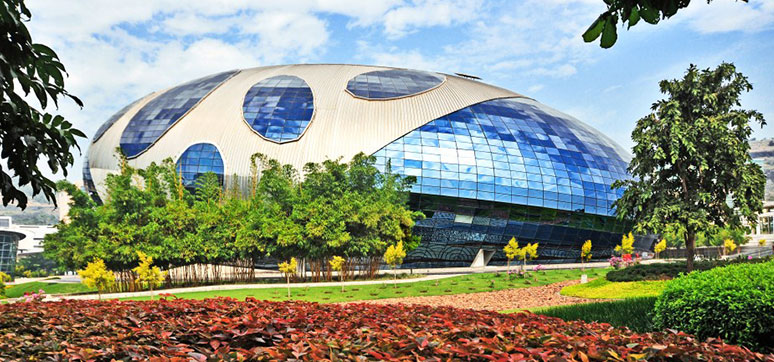
Now we have buildings of 50 floors and 100 floors. Should we just limit the buildings at 100 or 150 floors, or should we go higher? When we construct a 200-storey or 300-storey building in the future, will the present materials be useful? We have to think how we are going to do higher, taller and more sustainable buildings. These buildings should be equipped to face calamities like floods, earthquakes, typhoons or hurricanes. The building technologies should be developed in order to cater for the safety and security of the tall buildings under any such circumstances. The need of the hour is not just to think about available materials, but future construction materials and technologies.
Soon our country’s population will touch 1.5 billion and very soon it could reach to two billion. Where are we going for land to accommodate the population and how would we cater for food, power and water?
There is plenty to do while thinking about future buildings or future façades. At present, we are working or planning the buildings based on the availability of materials and technology. But what should be done in the future? I am always in search for novelty and not been able to reach that level. Now, taking full advantage of the available resources in a most effective way, we try to attain sustainability. But this is not enough for the future.
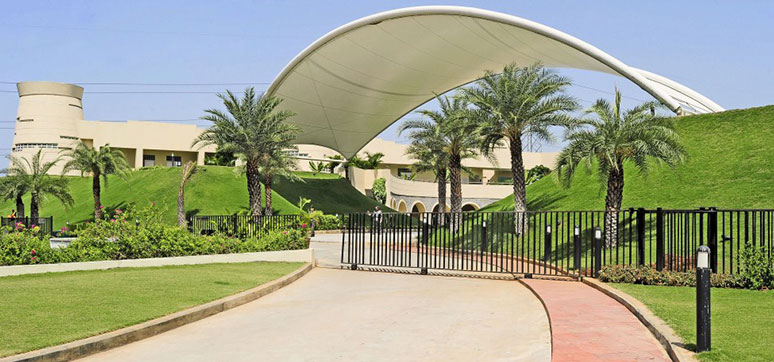
As an architect and a thinker, I am always contemplating what should be done for the future buildings? In future, you wouldn’t use cars or buses for transportation within a city; you might use only electric pods or vertical transportation. You may see more flying cars/pods to go from one city to another than those run on the land. We will have a variety or many systems for mass transit. May be all of them will be using solar or nuclear power. Designing future buildings which are self-reliant and constructing buildings for such times, which is not very far away, is a challenge to achieve.
What are your thoughts on glass as a material for future façades?
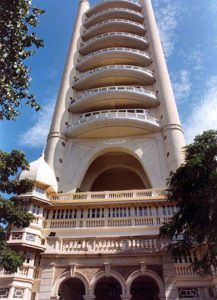
HC: Right now, glass is a very versatile material with double, triple and four layered glasses available. We have toughened glass, tempered glass, cavity glass, fritted glass or glass fitted with LED or solar glass panels and so on available in the market to suit various types of buildings. There are experts in such technology who can talk about these materials and help us out in choosing the right one in a much better way.
I can imagine and ideate buildings for the future. Why one should limit imaginations just to glass as a façade material? I would like to have breathing façades. I should have façades which let in pure air, at the same time does not allow conditioned air to go out of the building. These are advanced ways of doing façades. They are not available at present. I would like to have them in our buildings of the future.
NG: Choice of façade material depends on the type of building – whether it is a commercial, healthcare, hospitality, institutional or residential building. It also depends on the kind of image the project needs to portray. Other key factors to consider are geographic location, needs of the client and his budget. All these factors help us to specify the façade material.
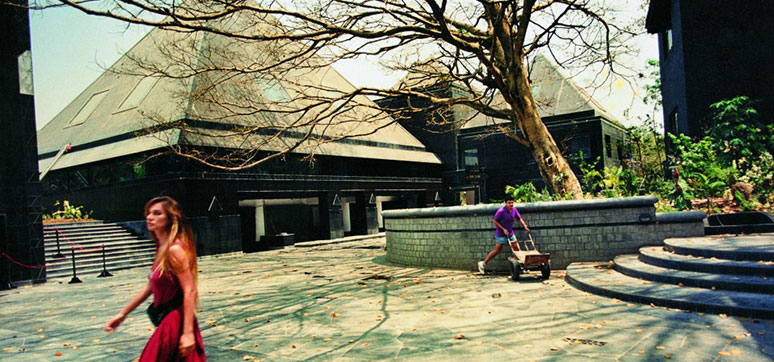
We see a lot of technologies in the western countries like movable shadings. How effective are they?
HC: Movable shading is a nice idea, though they cost a major let-down. Lots of people are using it today, more as an elevational treatment. They hardly are shading the façade. Are they really working? Is just orienting the window in the right manner is enough? How long will the movable façades last? Are they tested for wing resistance? All of these have to be considered answered. I feel that they are good if they are effective.
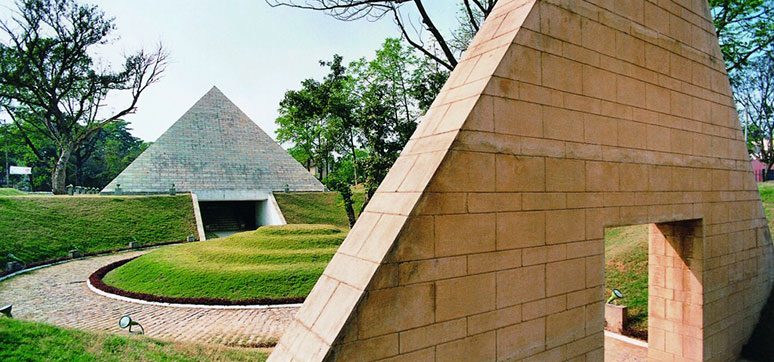
Tell us about your recent project/s in which glass is used in an innovative way.
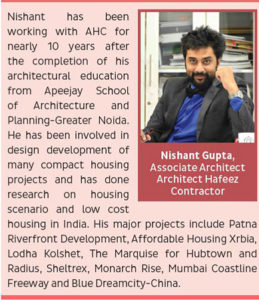
NG: In our project for Airtel at Gurugram, we have done one of the tallest curtain walling systems with coloured glass. We made the whole building a billboard. The façade reflects, rather represents the brand. Most of our IT and office building’s façades are made of glass and steel.
We have proposed a building with solar panels on façades. The skin of this proposed project for a Mumbai-based builder has got punctures and skin clad with solar panels. There is a buffer zone between the outer skin and the actual structure. The outer skin acts like an envelope or a shell, having a large surface area.
Our BITS Pilani project is highly climate sensitive and designed underground to suit the harsh weather of the location.
WFM: Brief on the important factors to take care while designing and executing façade for a highrise building?
NG: Comfort of the inhabitants, wind loads, overall aesthetics, acoustics & thermal performance, safety & security, are a few of the important factors to consider while designing and executing façade for a high-rise building. Everything is cost driven and one should assess the cost associated with each element. Hence, it is obvious that façade design is not just driven by aesthetics or junction.
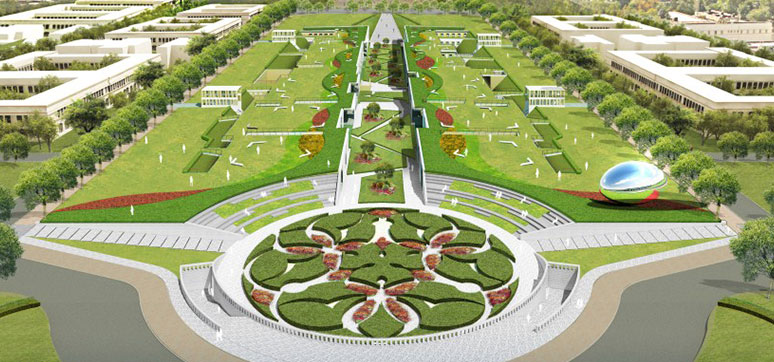
Your firm is the most successful one in India and your creations stand out amidst many buildings. Could you please tell us about your signature style and design approach?
NG: We do not have a signature style. We do every type of projects like ultra-modern buildings, classical buildings, gothic buildings, and many more. We are not limited to any particular style. Our style is driven by the requirement and aspiration of a client. We do not impose our designs on the client, instead we take the client’s vision forward through our approach and style.
Please brief on some of the opportunities and challenges faced by your firm?
NG: There is no fun without a challenge. Every challenge is an opportunity. It is a part of our job.
